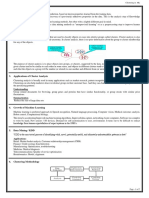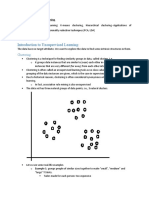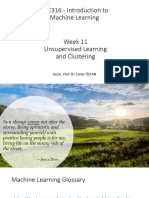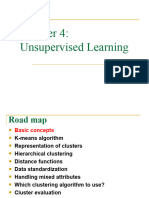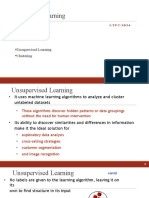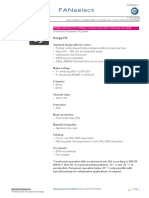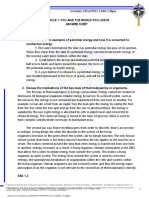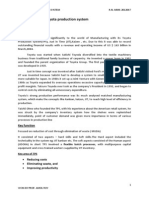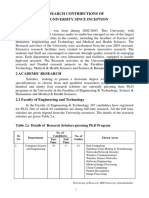0% found this document useful (0 votes)
11 views50 pagesLect 10 - Unsupervised Learning
The document discusses unsupervised learning, focusing on clustering algorithms and their applications, such as grouping data without labels to identify patterns. It covers various clustering methods, including k-means and hierarchical clustering, along with their strengths and weaknesses. Additionally, it introduces model-based clustering techniques like Gaussian Mixture Models and the Expectation-Maximization algorithm for probabilistic assignments.
Uploaded by
ChongCopyright
© © All Rights Reserved
We take content rights seriously. If you suspect this is your content, claim it here.
Available Formats
Download as PPTX, PDF, TXT or read online on Scribd
0% found this document useful (0 votes)
11 views50 pagesLect 10 - Unsupervised Learning
The document discusses unsupervised learning, focusing on clustering algorithms and their applications, such as grouping data without labels to identify patterns. It covers various clustering methods, including k-means and hierarchical clustering, along with their strengths and weaknesses. Additionally, it introduces model-based clustering techniques like Gaussian Mixture Models and the Expectation-Maximization algorithm for probabilistic assignments.
Uploaded by
ChongCopyright
© © All Rights Reserved
We take content rights seriously. If you suspect this is your content, claim it here.
Available Formats
Download as PPTX, PDF, TXT or read online on Scribd
/ 50
















